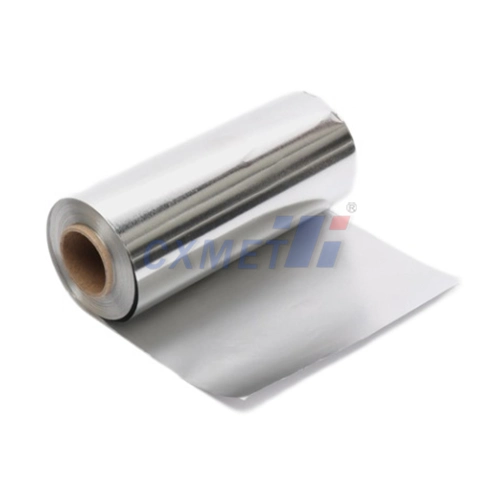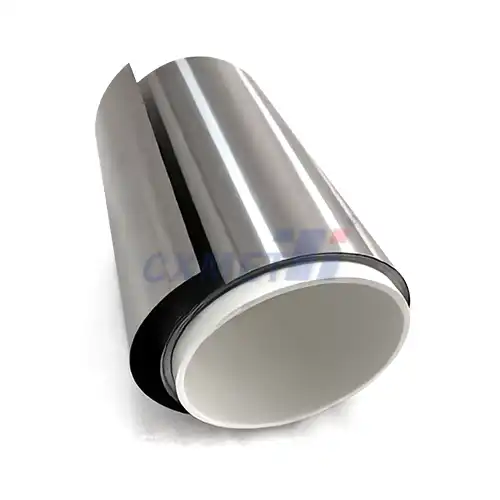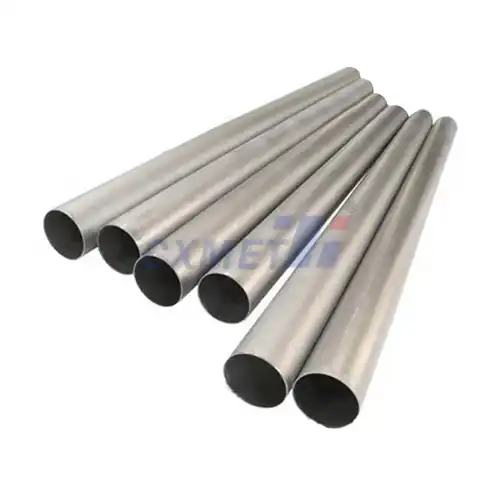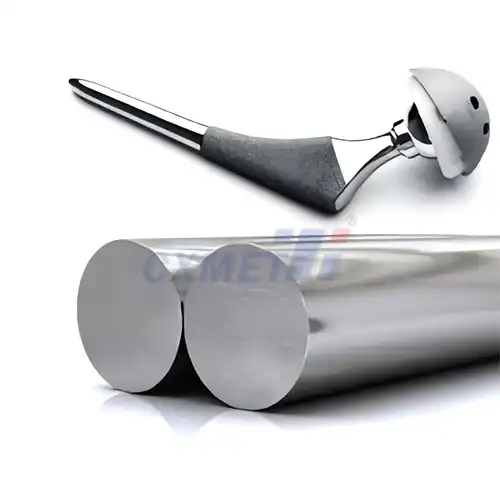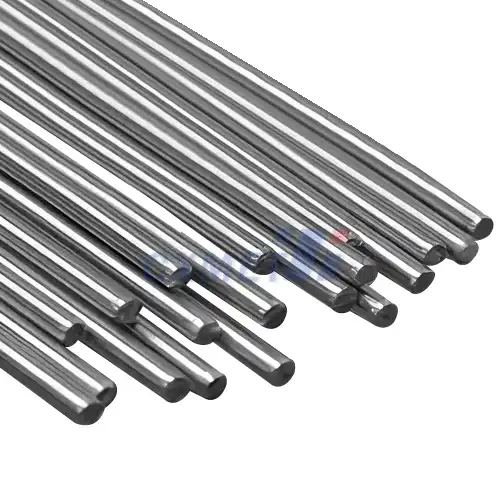- English
- French
- German
- Portuguese
- Spanish
- Russian
- Japanese
- Korean
- Arabic
- Greek
- German
- Turkish
- Italian
- Danish
- Romanian
- Indonesian
- Czech
- Afrikaans
- Swedish
- Polish
- Basque
- Catalan
- Esperanto
- Hindi
- Lao
- Albanian
- Amharic
- Armenian
- Azerbaijani
- Belarusian
- Bengali
- Bosnian
- Bulgarian
- Cebuano
- Chichewa
- Corsican
- Croatian
- Dutch
- Estonian
- Filipino
- Finnish
- Frisian
- Galician
- Georgian
- Gujarati
- Haitian
- Hausa
- Hawaiian
- Hebrew
- Hmong
- Hungarian
- Icelandic
- Igbo
- Javanese
- Kannada
- Kazakh
- Khmer
- Kurdish
- Kyrgyz
- Latin
- Latvian
- Lithuanian
- Luxembou..
- Macedonian
- Malagasy
- Malay
- Malayalam
- Maltese
- Maori
- Marathi
- Mongolian
- Burmese
- Nepali
- Norwegian
- Pashto
- Persian
- Punjabi
- Serbian
- Sesotho
- Sinhala
- Slovak
- Slovenian
- Somali
- Samoan
- Scots Gaelic
- Shona
- Sindhi
- Sundanese
- Swahili
- Tajik
- Tamil
- Telugu
- Thai
- Ukrainian
- Urdu
- Uzbek
- Vietnamese
- Welsh
- Xhosa
- Yiddish
- Yoruba
- Zulu
How Does A Titanium Reducing Flange Work?
2025-02-28 10:54:17
Titanium reducing flanges are crucial components in various industrial applications, particularly in piping systems where a change in pipe diameter is necessary. These flanges are designed to connect pipes of different sizes while maintaining a secure and leak-proof connection. The use of titanium as the material of choice for these flanges offers numerous advantages, including exceptional corrosion resistance, high strength-to-weight ratio, and durability in extreme environments. In this blog post, we'll explore the working principle of titanium reducing flanges and address some common questions related to their functionality and applications.
|
|
|
What are the advantages of using titanium reducing flanges?
Titanium reducing flanges offer a multitude of advantages that make them an excellent choice for various industrial applications. These benefits stem from the unique properties of titanium and the specific design of reducing flanges. Let's delve into the key advantages of using titanium reducing flanges:
- Corrosion Resistance: One of the most significant advantages of titanium reducing flanges is their exceptional corrosion resistance. Titanium naturally forms a protective oxide layer on its surface when exposed to air or moisture. This layer, known as titanium dioxide, provides excellent protection against various corrosive environments, including seawater, acids, and chemicals. The corrosion resistance of titanium reducing flanges makes them ideal for use in harsh industrial settings, marine applications, and chemical processing plants where other materials might quickly deteriorate.
- High Strength-to-Weight Ratio: Titanium is renowned for its impressive strength-to-weight ratio. This means that titanium reducing flanges can provide the necessary strength and durability while being significantly lighter than their steel counterparts. The lightweight nature of titanium flanges makes them easier to handle during installation and reduces the overall weight of piping systems. This can be particularly beneficial in applications where weight is a critical factor, such as aerospace or offshore installations.
- Temperature Resistance: Titanium reducing flanges exhibit excellent performance across a wide range of temperatures. They maintain their strength and structural integrity at both high and low temperatures, making them suitable for use in extreme environments. This temperature resistance is particularly valuable in industries such as chemical processing, oil and gas, and power generation, where flanges may be exposed to significant temperature fluctuations.
- Biocompatibility: Titanium is known for its biocompatibility, meaning it is non-toxic and does not react adversely with human tissue. This property makes titanium reducing flanges an excellent choice for applications in the pharmaceutical and food processing industries, where maintaining product purity is paramount.
- Long Service Life: The combination of corrosion resistance, strength, and durability contributes to the long service life of titanium reducing flanges. These flanges can withstand years of use in demanding environments without significant degradation, reducing the need for frequent replacements and minimizing maintenance costs.
- Versatility: Titanium reducing flanges can be manufactured in various sizes and configurations to accommodate different pipe diameters and pressure ratings. This versatility allows for their use in a wide range of applications across multiple industries.
- Chemical Compatibility: Titanium's resistance to a broad spectrum of chemicals makes it an ideal material for reducing flanges used in chemical processing plants. These flanges can withstand exposure to aggressive chemicals that might corrode or degrade other materials.
- Low Thermal Expansion: Titanium has a relatively low coefficient of thermal expansion compared to many other metals. This property helps maintain the integrity of flange connections in systems that experience temperature fluctuations, reducing the risk of leaks or joint failures.
These advantages make titanium reducing flanges a superior choice for many industrial applications, particularly in environments where corrosion resistance, strength, and reliability are critical factors. While the initial cost of titanium flanges may be higher than that of some alternative materials, the long-term benefits in terms of performance, durability, and reduced maintenance often justify the investment.
How do you properly install a titanium reducing flange?
|
|
|
Proper installation of a titanium reducing flange is crucial to ensure its optimal performance and longevity. The installation process requires attention to detail and adherence to specific guidelines to maintain the integrity of the piping system. Here's a comprehensive guide on how to properly install a titanium reducing flange:
- Preparation:
- Inspect the titanium reducing flange for any damage or defects before installation.
- Clean the flange face and mating surfaces thoroughly to remove any dirt, debris, or contaminants.
- Ensure that the pipes to be connected are properly aligned and supported.
- Verify that the flange's pressure rating and size are appropriate for the intended application.
- Gasket Selection and Placement:
- Choose a gasket material that is compatible with both the process fluid and titanium.
- Ensure the gasket is the correct size and type for the flange.
- Place the gasket carefully between the flange faces, making sure it's centered and not pinched or damaged.
- Bolt Selection and Lubrication:
- Use bolts and nuts made from materials compatible with titanium to prevent galvanic corrosion.
- Ensure the bolts are the correct length and diameter for the flange.
- Apply an appropriate lubricant to the bolt threads and nut faces to ensure proper tightening and to prevent galling.
- Bolt Installation:
- Insert the bolts through the flange holes, ensuring they are not binding or misaligned.
- Hand-tighten the nuts to bring the flanges together, maintaining alignment.
- Tightening Sequence:
- Use a calibrated torque wrench to tighten the bolts in a specific sequence to ensure even pressure distribution.
- Follow a star or crisscross pattern when tightening, moving to opposite sides of the flange.
- Tighten the bolts in multiple passes, gradually increasing the torque to the specified value.
- Torque Application:
- Refer to the manufacturer's specifications for the correct torque values.
- Apply the recommended torque in stages, typically 30%, 60%, and 100% of the final torque value.
- After the final torque is applied, perform a final round of tightening to ensure all bolts are at the correct tension.
- Alignment Check:
- After tightening, check the flange alignment to ensure it hasn't shifted during the process.
- Verify that the gap between the flanges is even all around.
- Leak Testing:
- Conduct a pressure test of the system to check for leaks.
- If leaks are detected, carefully retighten the bolts following the same sequence and torque specifications.
- Documentation:
- Record the installation details, including torque values, bolt sizes, and gasket information.
- Keep this information for future reference and maintenance purposes.
It's important to note that the specific installation procedure may vary depending on the type of titanium reducing flange and the application. Always consult the manufacturer's guidelines and industry standards for the most accurate and up-to-date installation instructions.
Proper installation of titanium reducing flanges requires skill and attention to detail. In many cases, especially for critical applications or large-scale installations, it's advisable to engage professional installers or engineers with experience in working with titanium components. These experts can ensure that the installation is performed correctly, minimizing the risk of leaks, failures, or other issues that could arise from improper installation.
Regular inspection and maintenance of installed titanium reducing flanges are also crucial for their long-term performance. This includes periodic checks for signs of corrosion, wear, or loosening of bolts, as well as retightening if necessary. By following these installation guidelines and maintaining the flanges properly, you can ensure the optimal performance and longevity of titanium reducing flanges in your piping system.
What are the common applications for titanium reducing flanges?
Titanium reducing flanges find applications in a wide range of industries due to their unique properties and versatility. These flanges are particularly valuable in environments where corrosion resistance, strength, and reliability are paramount. Here are some of the most common applications for titanium reducing flanges:
- Chemical Processing Industry:
- In chemical plants, titanium reducing flanges are used in piping systems that handle corrosive chemicals, acids, and alkalis.
- They are essential in reactors, distillation columns, and storage tanks where different pipe sizes need to be connected while maintaining chemical resistance.
- Titanium's excellent resistance to a wide range of chemicals makes these flanges ideal for ensuring the integrity of chemical processing equipment.
- Oil and Gas Industry:
- Offshore oil rigs and platforms utilize titanium reducing flanges in seawater cooling systems and desalination plants.
- In subsea applications, these flanges are used in pipelines and equipment exposed to harsh marine environments.
- The corrosion resistance of titanium is crucial in preventing failures in critical systems in offshore operations.
- Power Generation:
- Titanium reducing flanges are used in power plant condensers and heat exchangers, particularly in systems using seawater for cooling.
- They are also employed in geothermal power plants where resistance to high temperatures and corrosive fluids is necessary.
- The durability of titanium flanges contributes to the long-term reliability of power generation equipment.
- Aerospace Industry:
- In aircraft manufacturing, titanium reducing flanges are used in hydraulic systems and fuel lines.
- Their high strength-to-weight ratio makes them ideal for applications where weight reduction is critical.
- Titanium's resistance to fatigue and corrosion is essential for ensuring the safety and longevity of aerospace components.
- Marine and Shipbuilding:
- Titanium reducing flanges are used in shipboard piping systems, particularly those exposed to seawater.
- They are essential in desalination plants on ships and in offshore platforms.
- The corrosion resistance of titanium helps prevent issues related to saltwater exposure in marine environments.
- Pharmaceutical and Biomedical Industries:
- In pharmaceutical manufacturing, titanium reducing flanges are used in processing equipment where product purity is crucial.
- They are also employed in bioreactors and fermentation tanks in the biotechnology industry.
- The biocompatibility of titanium makes these flanges suitable for applications where contact with biological materials is necessary.
- Food and Beverage Processing:
- Titanium reducing flanges are used in food processing equipment where resistance to cleaning agents and sanitizers is required.
- They are particularly valuable in systems handling acidic foods or beverages.
- The non-reactive nature of titanium helps maintain product quality and purity in food processing applications.
- Pulp and Paper Industry:
- In paper mills, titanium reducing flanges are used in bleaching and chemical recovery processes.
- They are essential in equipment handling corrosive pulping chemicals and chlorine compounds.
- The corrosion resistance of titanium helps extend the life of piping systems in these harsh environments.
- Desalination Plants:
- Titanium reducing flanges are crucial components in seawater reverse osmosis (SWRO) systems.
- They are used in high-pressure pumps, energy recovery devices, and membrane housings.
- The ability of titanium to withstand saltwater corrosion makes these flanges ideal for long-term use in desalination plants.
- Semiconductor Manufacturing:
- In semiconductor fabrication plants, titanium reducing flanges are used in ultra-pure water systems.
- They are also employed in equipment handling corrosive gases and chemicals used in chip manufacturing.
- The cleanliness and chemical inertness of titanium are crucial for maintaining the purity required in semiconductor production.
These applications highlight the versatility and importance of titanium reducing flanges across various industries. The unique combination of corrosion resistance, strength, and durability makes titanium reducing flanges an excellent choice for challenging environments where traditional materials might fail. As industries continue to push the boundaries of performance and efficiency, the demand for titanium reducing flanges is likely to grow, particularly in applications requiring high reliability and longevity in corrosive or extreme conditions.
At SHAANXI CXMET TECHNOLOGY CO., LTD, we take pride in our extensive product range, which caters to diverse customer needs. Our company is equipped with outstanding production and processing capabilities, ensuring the high quality and precision of our products. We are committed to innovation and continuously strive to develop new products, keeping us at the forefront of our industry. With leading technological development capabilities, we are able to adapt and evolve in a rapidly changing market. Furthermore, we offer customized solutions to meet the specific requirements of our clients. If you are interested in our products or wish to learn more about the intricate details of our offerings, please do not hesitate to contact us at sales@cxmet.com. Our team is always ready to assist you.
|
|
|
|
References
- ASTM International. (2021). Standard Specification for Titanium and Titanium Alloy Welded Pipe.
- Titanium Information Group. (2020). Titanium in Industrial Applications.
- American Petroleum Institute. (2019). Specification for Piping Flanges and Fittings.
- Mechanical Engineering Magazine. (2022). Advancements in Flange Technology for Corrosive Environments.
- Journal of Materials Engineering and Performance. (2021). Performance of Titanium Alloys in Marine Environments.
- Chemical Engineering Progress. (2020). Selecting Materials for Chemical Processing Equipment.
- Offshore Technology Conference Proceedings. (2019). Titanium Applications in Offshore Oil and Gas Production.
- Corrosion Science. (2022). Long-term Corrosion Behavior of Titanium Alloys in Seawater.
- International Journal of Pressure Vessels and Piping. (2021). Design Considerations for High-Pressure Titanium Flanges.
- Materials Performance. (2020). Comparative Study of Flange Materials for Aggressive Chemical Environments.







